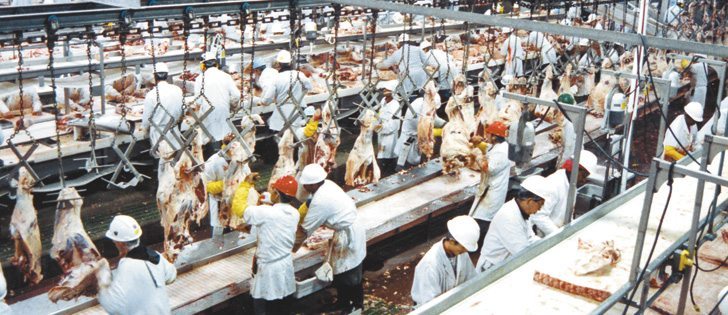KANSAS CITY, Mo. (Reuters) – Wet fields and weak prices amid already ample world wheat supplies could spell fewer U.S. winter wheat acres planted this fall.
Despite some of the best soil moisture seen in years, many farmers in key U.S. growing areas are either still evaluating how much wheat to plant or are planning to seed fewer acres to wheat.
“With wheat prices as low as they are … we anticipate there will be fewer wheat acres planted this fall,” said Bill Spiegel, a spokesperson for the wheat growers’ association in Kansas.
Read Also

Why feds imposed EV tariffs
Moe and Kinew have a fight on their hands when it comes to eliminating the EV tariff. Canada has to worry about pissing off the U.S. and Mexico and hundreds of thousands of auto workers.
“There are a lot of farmers who are discouraged.”
Kansas is the largest U.S. wheat producer, and farmers in the state harvested 8.8 million acres totalling 369.6 million bushels of winter wheat this summer out of a total U.S. harvest of about 1.5 billion bu.
However, large world supplies and lackluster demand has weighed on the market, and prices have been in decline since 2008 when the global wheat crop hit a record 682 million tonnes.
The U.S. Department of Agriculture warned earlier this year that if farmgate prices for wheat continue to fall, without a similar decline in prices for inputs, the U.S. wheat sector may see further attrition of planted areas.
The USDA has pegged the average 2009-10 farm price for wheat at $4.70 to $5.50 U.S. per bu., compared to the 2008-09 average of $6.78 per bu.
Kansas grower Terry Hamilton, who farms east of Wellington, said a disappointing harvest this summer and the current low prices meant he was planning to put 20 percent fewer acres to wheat this year.
Price was also a key reason central Kansas farmer Tom Morton said he is likely to plant 10 percent fewer wheat acres this fall.
“The priority just isn’t there as it has been in the last few years,” Morton said.
Wet weather of late through the Plains has been both a blessing and a curse. Though the added soil moisture should benefit newly seeded wheat, the wet conditions delayed harvest of row crops such as corn and soybeans, which growers in parts of the Plains often double-crop behind winter wheat.
The USDA said that as of Sept. 20, U.S. winter wheat seeding was 24 percent completed nationally, slightly behind the five-year average pace of 25 percent. In Kansas, the new crop was nine percent planted, compared to 17 percent for the five-year average.
Elsewhere through the Plains, planting progress was mixed. Oklahoma was 17 percent planted, compared to the average pace of 25 percent, but mostly dry weather in northern and western areas of the winter wheat belt promoted fieldwork.
USDA said more than 20 percent of the winter wheat fields in Colorado, Montana, Nebraska, South Dakota, and Washington were seeded.
One wild card is that about 3.5 million acres were scheduled to leave the Conservation Reserve Program at the end of September. It’s a government program that pays farmers to hold ground out of crop rotations.
Some of those acres will likely go into wheat this fall, according to industry analysts, though it is hard to gauge the extent of the impact.
Kansas State University grain marketing specialist Mike Woolverton said he also expected fewer wheat acres this year, though he thought there was still plenty of time for farmers to change their minds.
“They have until Thanksgiving (mid-November) to get it in the ground and still have a good crop,” he said.














